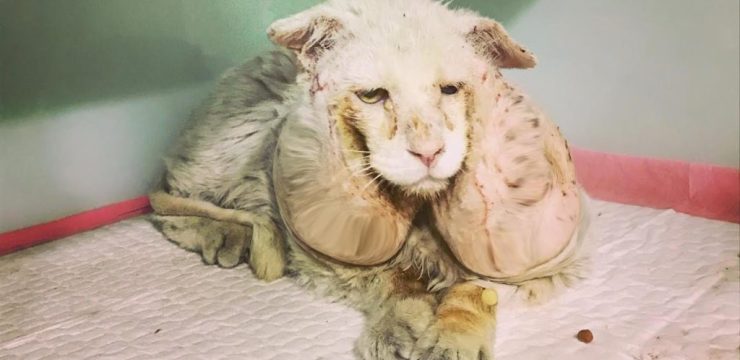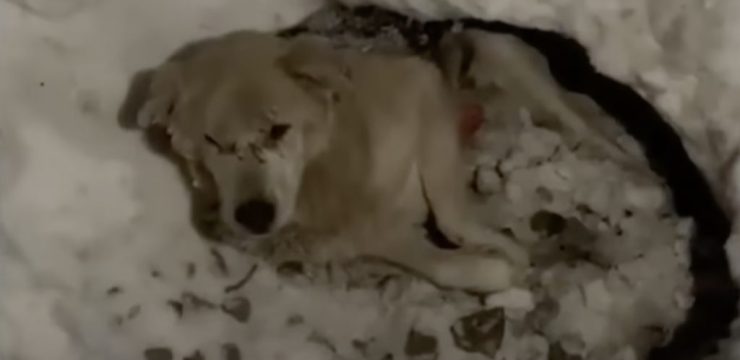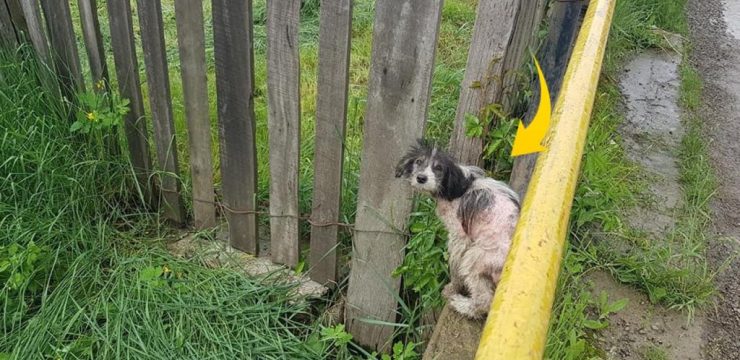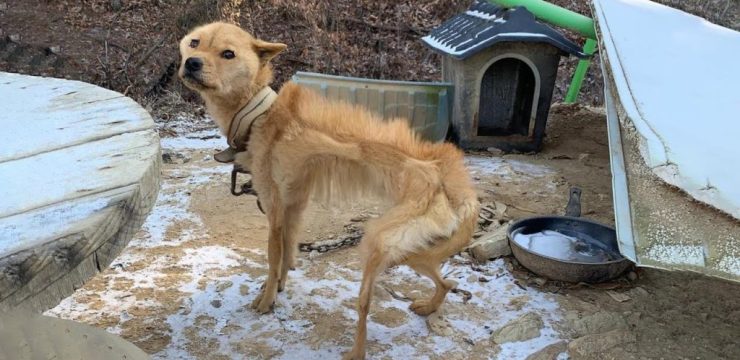When my grandmother first showed me her clever way to clean a clogged dryer vent, I honestly didn’t believe it would work. It looked way too easy to be effective. She didn’t pull out fancy gadgets or call a repair technician. Instead, she used a few simple household items and a lifetime’s worth of practical wisdom.

“Trust me,” she said with her calm, familiar smile. “This little trick will save you money, keep your dryer running smoothly, and, most importantly, keep your home safe.”
At first, I was skeptical. But after trying it myself, I realized she was absolutely right. The process was quick, surprisingly effective, and gave me real peace of mind. Best of all, it didn’t require taking the dryer apart or paying for costly professional cleaning. It was a do-it-yourself solution that anyone could handle.
Why Keeping a Dryer Vent Clean Really Matters
The dryer vent is easy to forget. It’s tucked behind the machine, out of sight and out of mind. But ignoring it can be more dangerous and expensive than most people realize. Over time, lint builds up inside the vent, reducing airflow and creating multiple problems.
First, there’s the fire risk. Lint is highly flammable, and if it accumulates near a heating element, a single spark or excess heat could cause a dangerous fire. Thousands of house fires every year start in dryer vents, often because they haven’t been cleaned in too long.
Then there’s wasted energy. A clogged vent forces your dryer to work harder and longer to dry clothes. That means higher energy bills and unnecessary wear on your appliance.
You’ll also notice performance issues—clothes that come out still damp or a dryer that feels unusually hot to the touch. All these are warning signs of poor airflow caused by lint buildup.
For seniors and homeowners on a budget, keeping the dryer vent clean is one of the simplest ways to protect your home, save money, and stay safe without needing costly maintenance.
What You’ll Need for Grandma’s Dryer Vent Hack
One of the best things about this method is how simple it is. You don’t need expensive tools or complicated setups. Just grab a few common items that you probably already have around the house:
-
A vacuum cleaner with a hose attachment
-
A long, flexible dryer vent brush (available at any hardware store)
-
A leaf blower for the final cleaning burst of air
Each item plays a unique role in the process. The vacuum removes the loose lint that’s easy to reach. The brush scrubs away the tougher debris that sticks to the walls of the vent. And the leaf blower gives one powerful push to clear out any remaining buildup deep inside the duct.
Step-by-Step: How to Clean Your Dryer Vent Easily
Here’s how to do it, just like Grandma taught me:
-
Unplug the dryer. Always start by turning off and unplugging the dryer to avoid any electrical hazards. Move it slightly away from the wall so you can access the vent connection.
-
Vacuum the vent opening. Use your vacuum’s hose attachment to remove lint and dust at the entrance of the vent.
-
Use the vent brush. Insert the brush into the vent and gently rotate it while pushing it through the duct. This helps loosen lint that’s stuck to the interior walls.
-
Vacuum again. After brushing, use the vacuum a second time to capture any debris that came loose.
-
Blow out the rest. Go outside to where the vent exits your home. Insert the leaf blower nozzle and turn it on. Let the strong airflow push out any stubborn lint remaining inside.
-
Reassemble and test. Once you’ve cleared everything, reconnect the vent, push the dryer back in place, and plug it back in. Run a short cycle—you’ll likely notice your clothes drying faster and your dryer running more efficiently.
Why This Simple Trick Works So Well
This method works because it combines three kinds of cleaning power—mechanical, suction, and airflow. The brush loosens lint that’s clinging inside the vent. The vacuum captures what’s easy to reach, and the leaf blower takes care of the rest, sending any hidden debris flying out of the duct.
Together, these steps mimic what professional cleaning tools do—without the high cost or complicated setup. It’s safe, effective, and surprisingly fast.
Safety Tips You Should Always Follow
Even though this process is simple, safety should always come first.
-
Always unplug your dryer before starting.
-
Wear safety goggles or glasses when using the leaf blower—lint and dust can blow out quickly.
-
Inspect your vent hose regularly. If it’s cracked, crushed, or shows signs of severe buildup, consider replacing it.
-
Don’t wait too long between cleanings. Experts recommend cleaning your dryer vent at least once or twice a year, depending on how often you use your machine.
Following these precautions helps prevent accidents and keeps your dryer working safely and efficiently.
Why Grandma’s Advice Still Holds Up Today
There’s something timeless about simple, practical wisdom. In an age of gadgets and online “life hacks,” Grandma’s approach stands out because it works—and it’s grounded in common sense.
Every time I use her method, I think of her words: “Why make life harder when it can be simple?” That message still rings true today. You don’t need expensive products or complicated routines to maintain your home. You just need a bit of effort and the right know-how.
This tip is especially valuable for older adults, families, or anyone looking to take better care of their home without stress. A few small maintenance habits can go a long way toward preventing big problems later.
A Small Effort with a Big Reward
Cleaning a dryer vent might not be the most glamorous household chore, but it’s one of the most important. With Grandma’s simple dryer vent cleaning trick, you can:
-
Lower your energy bills
-
Prevent dryer-related fires
-
Keep your clothes drying faster and more evenly
-
Extend the life of your appliance
All it takes is a few tools, a few minutes, and a little patience. The reward? A safer, more efficient home—and peace of mind every time you start a load of laundry.
Try it once, and you’ll see why I wish I had discovered this trick sooner. Sometimes, the simplest ideas—especially the ones passed down from Grandma—turn out to be the smartest ones of all.





